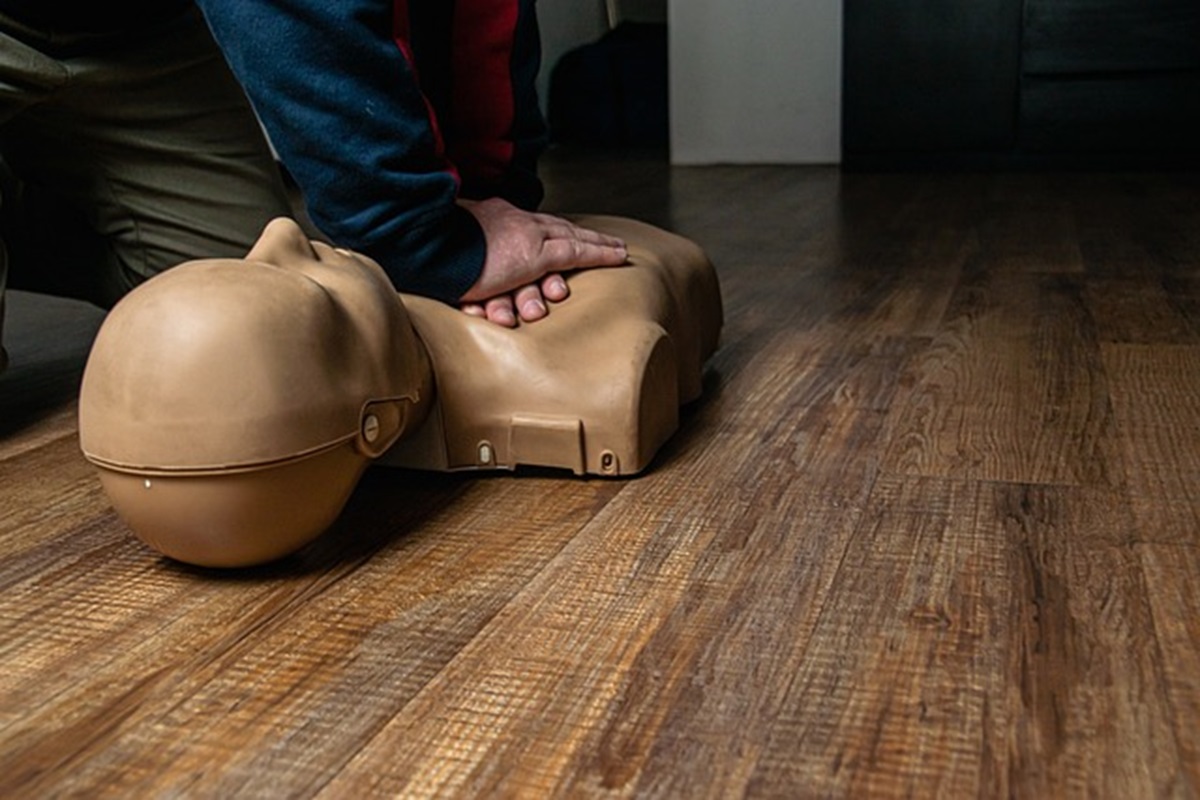The Evolution of CPR Training: Past Innovations and Future Prospects

Is there anything more anxiously thrilling than the beat-to-beat, breath-by-breath developments in the realm of first aid? Have you ever asked yourself how Cardio-Pulmonary Resuscitation (CPR), one of the most vital life-saving skills, came to be what it is today? Fascinatingly, the story spans centuries, involves doctors, soldiers, inventive engineers, and even a battered manikin named Resusci Anne. Our exploration today centers on the illuminating journey of CPR training, from its humble beginnings to the innovative applications seen in the contemporary era and the vistas yet to be explored. This eye-opening journey not only provides a sense of history but also presents a wide-angle view of how this life-saving technique continues adapting to the demands of changing times.
What is CPR and why is it important?
CPR, in essence, is a life-saving technique designed to maintain the flow of oxygen to the brain in emergencies when a person's breathing or heartbeat has stopped. Its significance cannot be overstated. Rapid prompt CPR can double or even triple the survival rate of sudden cardiac arrest victims, bridging the critical gap between the incidence of the event and the arrival of professional medical help. Before delving into the layered past of CPR, we need to appreciate its role in saving millions of lives around the world.
Tracing the Roots - The Dawn of CPR
Historically, efforts to resuscitate the lifeless date back to the times of ancient Egyptians, but it wasn't until the 16th century that structured methods began to surface. The 18th century added more nuances to resuscitation with methods like tobacco smoke insufflation. However, the birth of modern CPR can be attributed to the revolutionary works by Dr. James Elam and Dr. Peter Safar in the 1950s.
The CPR Training Revolution
How has our training approach evolved across the ages? A breakthrough moment came in 1960 with the introduction of ‘Resusci Anne’- the world’s first CPR manikin. Later, the American Heart Association (AHA) amplified CPR training access – incorporating practical tests and visual aids in 1973. Fast forward to today's digital age, we're seeing the usage of apps, Virtual Reality, and even gaming tactics for CPR training.
Working Through the Challenges
However, CPR training has its share of obstacles. From maintaining the quality of instruction, managing the fear factor in trainees, to overcoming the ‘bystander effect’, these are the speed breakers in the journey of CPR training.

Future Prospects and Insights
What will the future of CPR training look like? Experts predict more technology applications, with virtual reality and AI taking the driver's seat. Alongside this, there will be a renewed focus on public-access defibrillation programs to supplement CPR efforts.
Amplifying Accessibility to Training
Closing the gap in public CPR training is an ongoing task. The push is for more widespread, accessible, and effective training methods- in schools, workplaces, and community centers.
Conclusion
The tale of CPR trainings evolution is an ongoing narrative, one of resilience, innovation, and tenacity. It represents humanity's best efforts to combat the silent killer that is cardiac arrest. It's a journey fraught with challenges, yet ripe with opportunities rooted in technology, community involvement, and quality interventions. As we look to the future, the vital life-saving technique of CPR stands to be further enriched by advancements in training methods, ensuring that every second counts in the race against time to save lives.







No comments :
Note: Only a member of this blog may post a comment.